What is a liquid cooling system in a diesel engine?
A liquid cooling system represents the standard thermal management solution for industrial diesel engines, utilizing a circulating coolant to maintain optimal operating temperatures. This closed-loop system is fundamental to modern power generation equipment, ensuring engines operate within their ideal thermal range for maximum efficiency, reduced emissions, and extended service life. The sophisticated heat transfer mechanism distinguishes industrial-grade power solutions from basic alternatives, providing the reliability required for continuous operation. This engineering approach forms the foundation of every modern liquid cooled diesel generator, protecting critical components from thermal damage while maintaining consistent performance under varying load conditions.
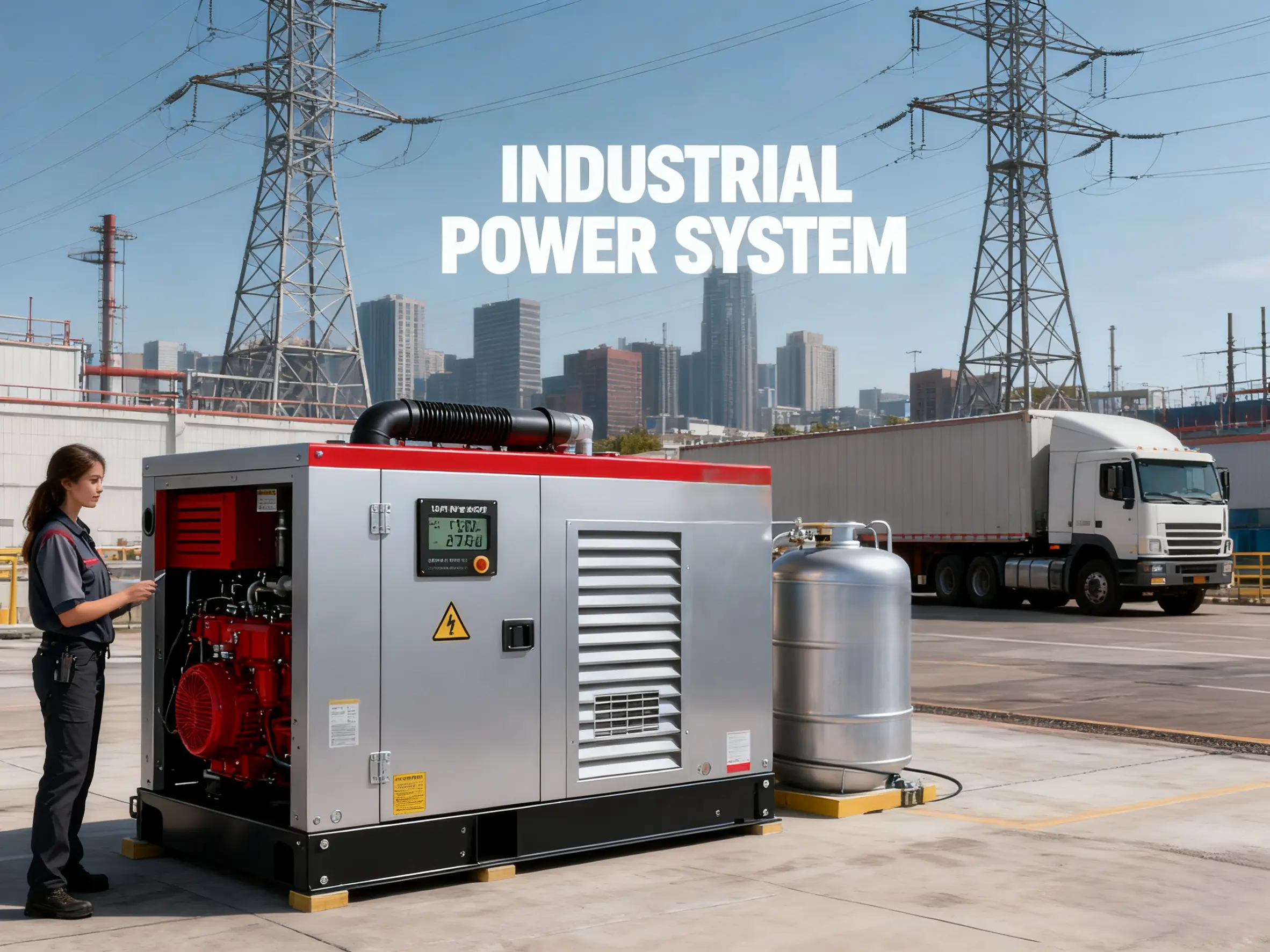
Core Components and Maintenance Requirements
The liquid cooling system incorporates several essential elements that work in precise coordination:
Coolant Pump: Circulates coolant throughout the system with typical flow rates of 20-100 liters per minute depending on engine size. This component's mechanical seal represents the most frequent failure point.
Radiator Assembly: Constructed from aluminum or copper-brass materials featuring extended fin surfaces that increase heat transfer area by 300-400% compared to base tube surface.
Thermostatic Valve: Maintains engine temperature within 80-95°C operating range through precise flow regulation. Modern electronic thermostats provide ±2°C temperature control accuracy.
Coolant Mixture: Standard 50:50 water-glycol solution providing freeze protection to -35°C and boil-over protection to 120°C under pressure.
Cooling Fan: Typically thermostatically controlled with pneumatic or electric actuation, moving 300-500 CFM per kW of heat rejection.
The coolant pump requires particular attention as the most vulnerable component, with recommended bearing and seal inspection every 4,000 operating hours. Coolant degradation follows predictable patterns, requiring complete replacement at 2-3 year intervals to maintain corrosion protection and thermal properties. System pressure testing every 2,000 hours identifies developing leaks before they cause operational failures.
Operational Process and Thermal Management
The system operates through a continuous four-stage cycle that maintains thermal equilibrium:
Heat Absorption: Coolant circulates through engine water jackets absorbing combustion heat, with temperature increases of 8-12°C across the engine block.
Temperature Regulation: The thermostat monitors outlet temperature, remaining closed during warm-up phases to accelerate engine heating to optimal operating temperature.
Heat Rejection: Heated coolant passes through radiator tubes where forced air circulation extracts thermal energy, typically achieving 15-20°C temperature reduction.
Pressure Maintenance: The sealed system operates at 0.9-1.1 bar pressure, elevating coolant boiling point to approximately 110°C for improved thermal capacity.
This process ensures a liquid cooled diesel generator maintains stable temperatures regardless of ambient conditions or load variations, providing consistent performance where air-cooled systems would fluctuate.
Current and Emerging Technological Applications
Modern systems incorporate several established technologies that enhance performance and reliability. Electronically controlled thermostats precisely manage engine warm-up rates and operating temperatures, optimizing fuel efficiency and emissions. Advanced coolant formulations with organic acid technology provide extended service intervals up to 6,000 hours while maintaining corrosion protection. Stack-plate radiator designs offer improved durability and repair capability compared to traditional tube-and-fin designs.
The industry continues developing enhanced thermal management solutions including variable-speed electro-magnetic fans that reduce parasitic power consumption by 25-30%. Nanotechnology coolant additives show promise in improving heat transfer coefficients by 15-20% in experimental applications. Integrated cooling systems that combine engine coolant, charge air cooling, and lube oil cooling into single modules are emerging for space-constrained installations. These developments continue to advance the capabilities of the modern liquid cooled diesel generator.
Conclusion
Liquid cooling technology represents the proven standard for reliable diesel power generation, providing unmatched thermal stability and operational durability. The system's ability to maintain precise temperature control ensures optimal combustion efficiency, extended engine life, and consistent performance under diverse operating conditions. These characteristics make liquid cooling essential for applications where operational reliability cannot be compromised, from continuous prime power to critical standby applications.
At JLMECH, we combine extensive expertise in power generation with an unwavering commitment to quality and performance. Our engineering team specializes in designing and manufacturing reliable liquid cooled diesel generator systems built to meet the most demanding operational requirements across various industries and environments.
Contact our technical experts to configure a power generation system tailored to your specific thermal management requirements. Email us at skala@whjlmech.com for comprehensive product information and engineering support for your next power project.
References
International Organization for Standardization. (2018). ISO 8528-5: Reciprocating internal combustion engine driven alternating current generating sets - Part 5: Generating sets.
National Fire Protection Association. (2022). NFPA 110: Standard for Emergency and Standby Power Systems.
Johnson, M. (2022). Emergency Power Systems: A Comprehensive Guide to High-Speed Diesel Generators. Power Engineering Quarterly, 45(3), 78-92.
Society of Automotive Engineers. (2020). SAE J814: Engine Coolant Testing Standards.
European Committee for Standardization. (2019). EN 16709: Stationary diesel engines for power generation - Safety requirements.
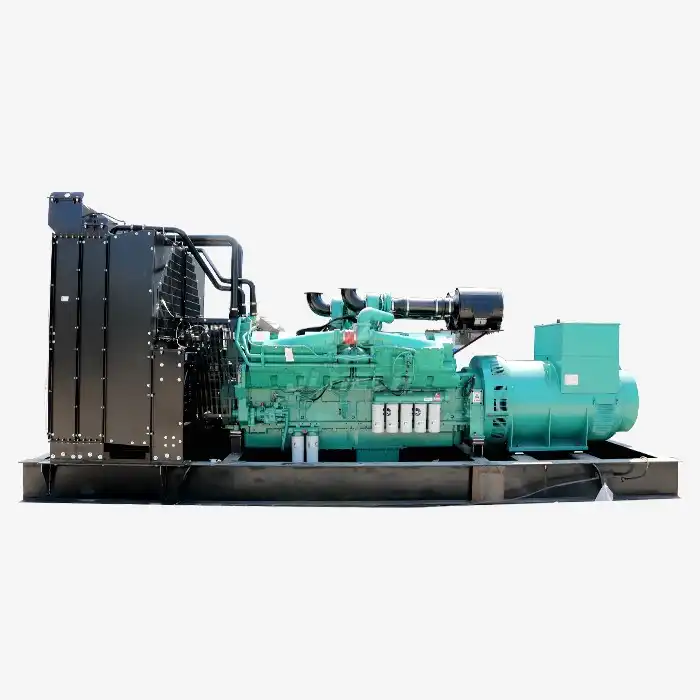 VIEW MOREMining generator engine
VIEW MOREMining generator engine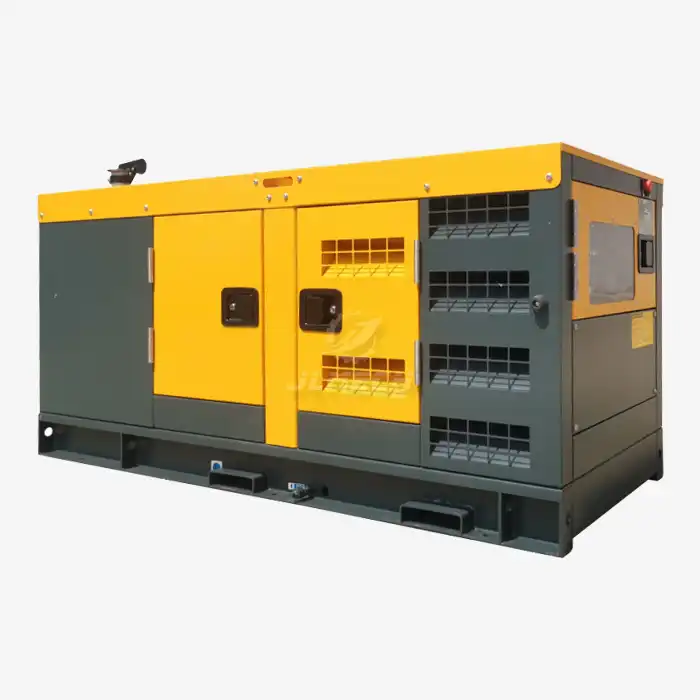 VIEW MORELow noise diesel gen
VIEW MORELow noise diesel gen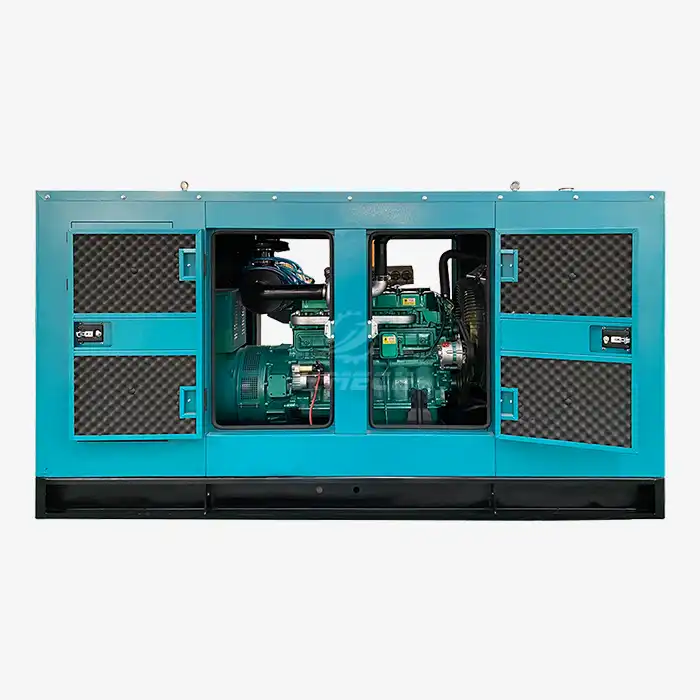 VIEW MOREOptionas ATS system Silent Diesel Generator
VIEW MOREOptionas ATS system Silent Diesel Generator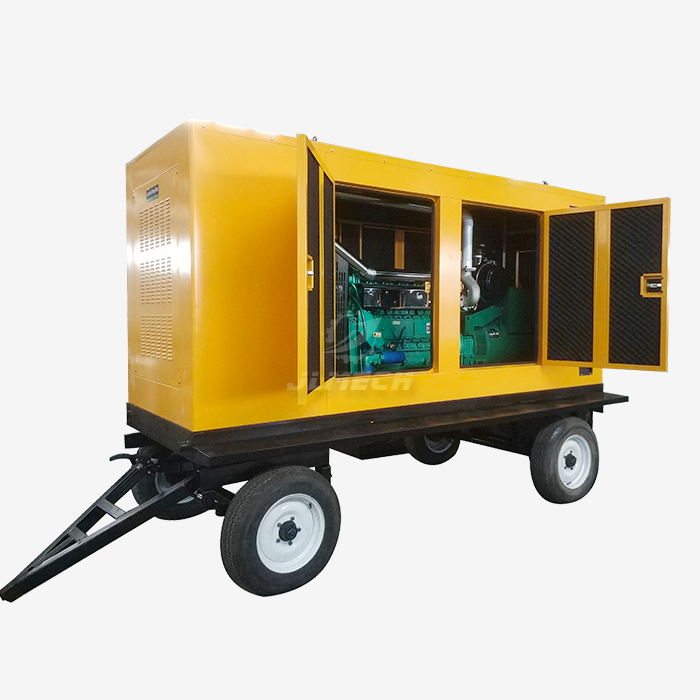 VIEW MORETrailer Type diesel generator
VIEW MORETrailer Type diesel generator_1753350153132.webp) VIEW MORE100% copper diesel generator
VIEW MORE100% copper diesel generator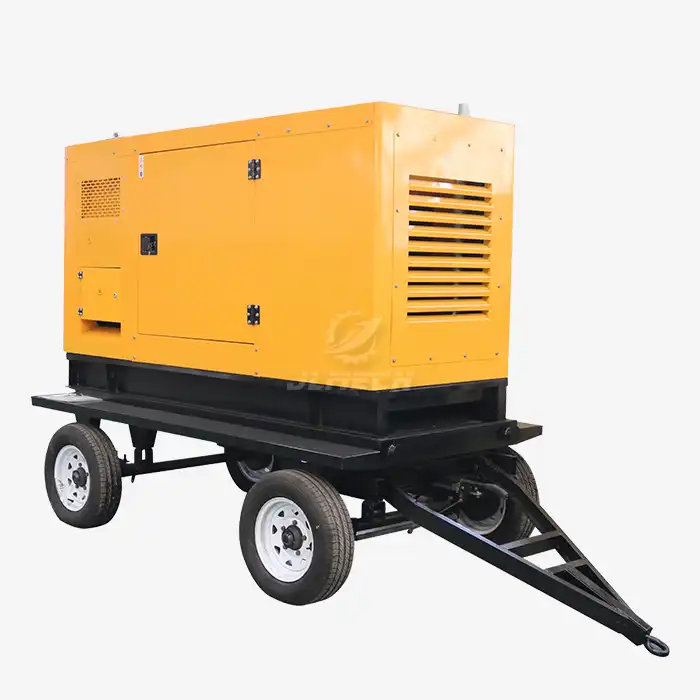 VIEW MOREPortable type Silent Diesel Generator
VIEW MOREPortable type Silent Diesel Generator VIEW MOREyuchai weichai generator with ats
VIEW MOREyuchai weichai generator with ats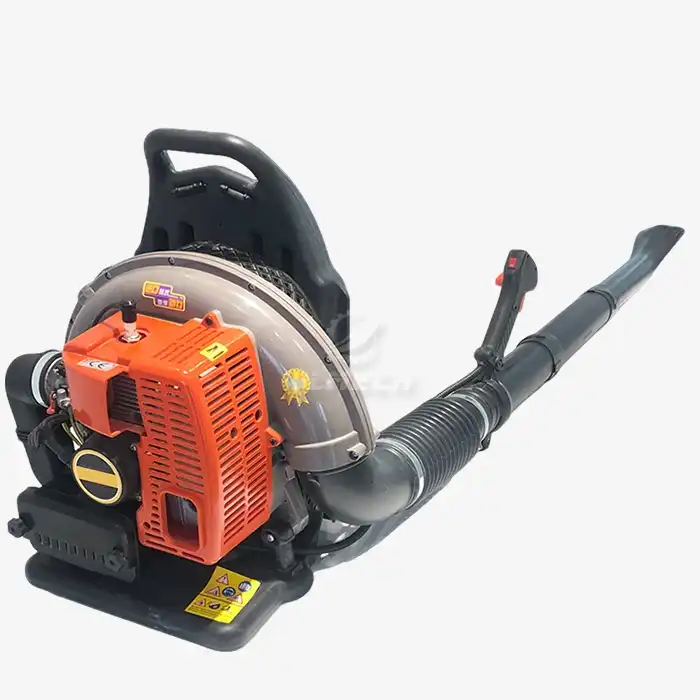 VIEW MOREgasoline leaf blower backpack
VIEW MOREgasoline leaf blower backpack



